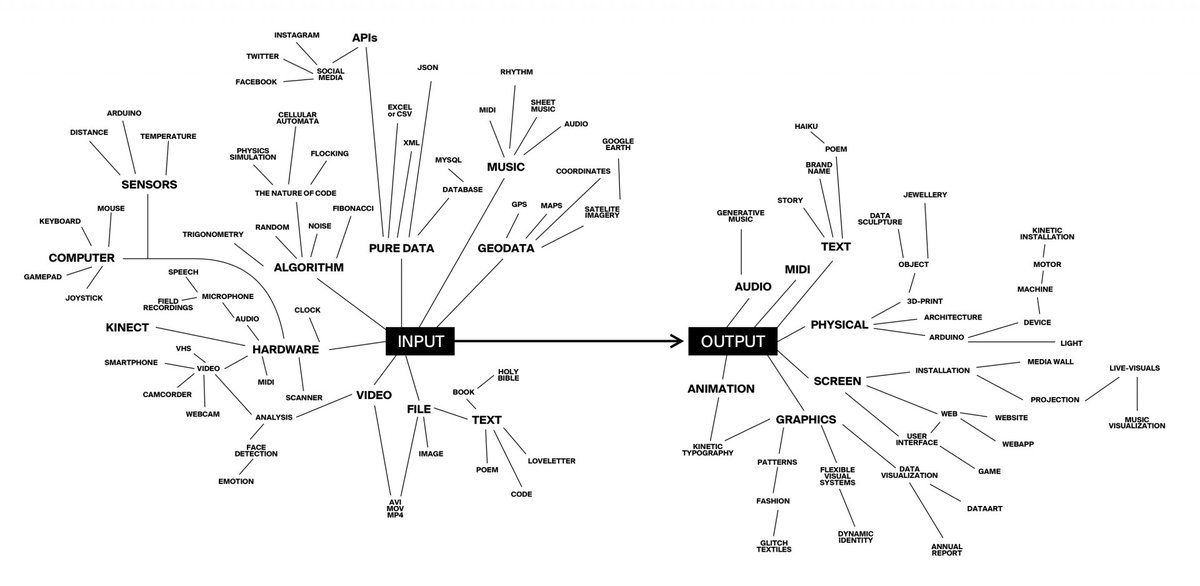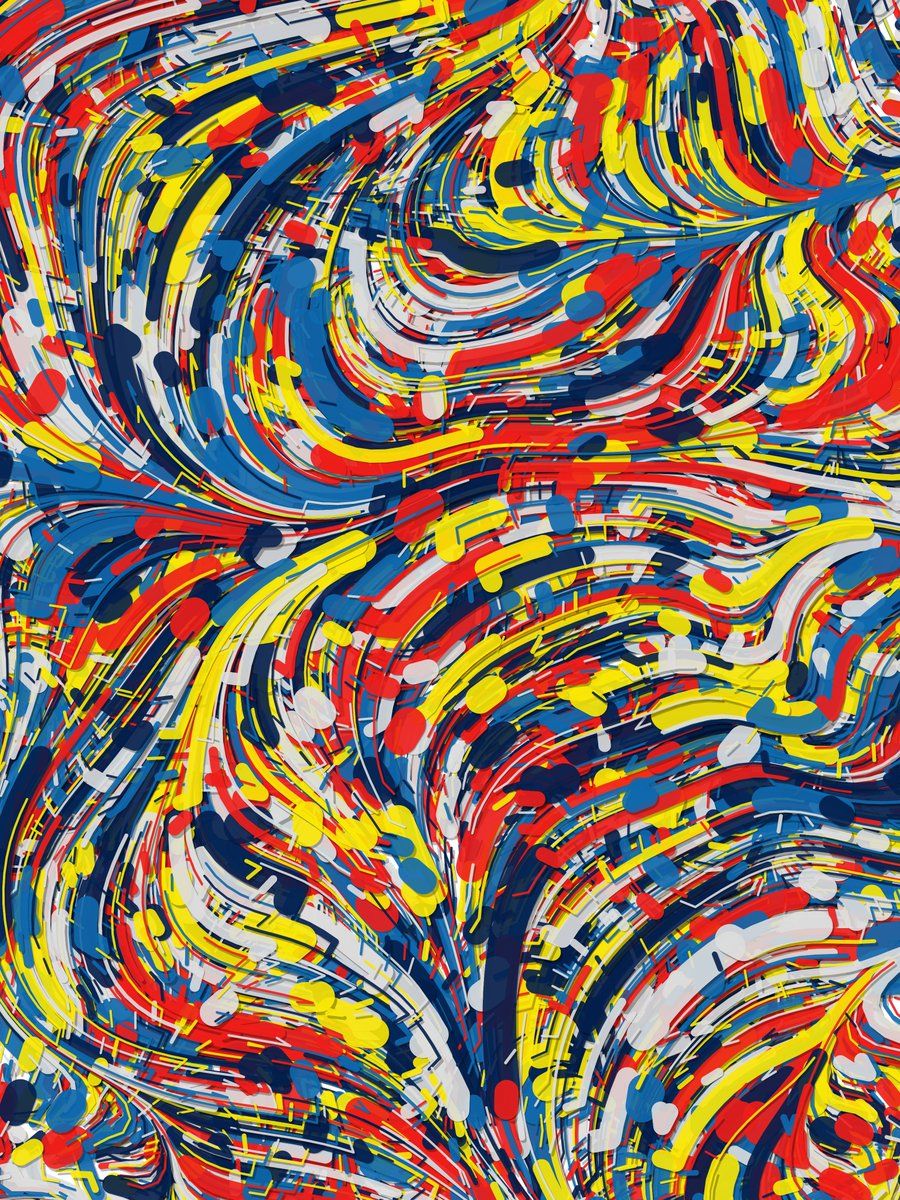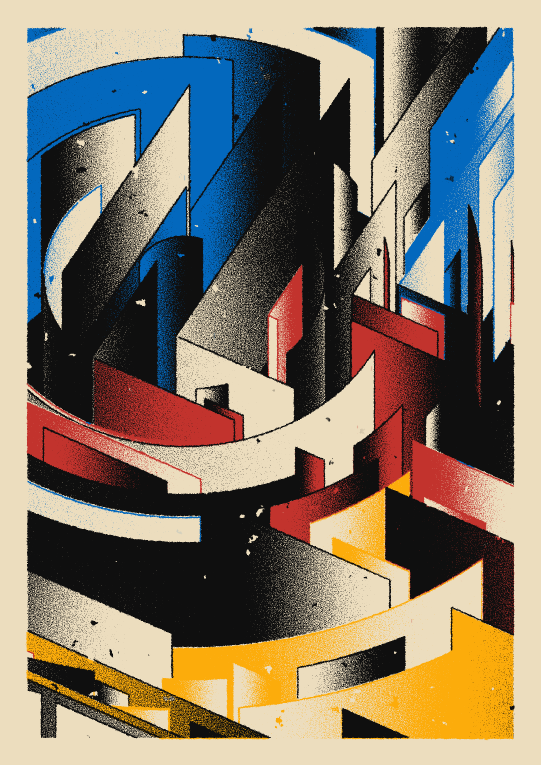To recap a key point from last post: “generative art” basically refers to work that is created by a system with some level of autonomy; or in current context, it means art programmed using a computer that intentionally introduces randomness as part of its creation process. So a generative artist designs the system using machines, algorithms, or genetic sequences etc to generate a final product that serves as the work of art with elements of chance, spontaneity, accident, and discovery that come with such an autonomous system. Here, it should be noted that generative artists come up with the key concept and characteristics of the work, then skillfully control both the magnitude and the locations of randomness that will go into final artwork; artist has an ‘incomplete control’ over the final art.

Gen art itself is not new and is dated back to around the 1960s. Throughout its history, generative art has used the most advanced technology available to create something previously unattainable by the human hand. Hence, one of the most memorable quotes on gen art by Vera Molnar:
“Without the aid of a computer, it would not be possible to materialize quite so faithfully an image that previously existed only in the artist’s mind…this may sound paradoxical, but the machine, which is thought to be cold and inhuman, can help to realize what is most subjective, unattainable, and profound in a human being.”
This quote hugely answers the “why” part of gen art to me.

In the past two decades, gen art has become much more wide spread and as a result of the open source software movement, improved tools, and a more established/supportive community. As I understand, before crypto, gen art that the public would see were mostly "curated” by the artist; artists would generate as many “outputs” from the system they designed, then select small favorites. The curated set of outputs would be presented to the world.

Today, platforms like Art Blocks (and upcoming CodeCanvas) enable us to enjoy what we call “long form” generative art collections. With long form format, the artist creates a generative script for a collection. Then, the artist sets the amount of iterations to become available for mints with such algorithm. When a collector mints an iteration, the script is run to generate a new output, and that output is wrapped in an NFT and transferred directly to the collector, NO INTERVENTION FROM THE ARTIST. And that is the fun part: no one knows precisely what art will be generated, so all outputs from a long form collection are a surprise to everyone. Now imagine how much it takes to create a coherent yet diverse and good-looking art collection of up to 1000 pieces.

With a curated drop, artists can generate 500 and pick 5 best to mint and show. The artist in practice can design a script that produced 99% craps and 1% awesome and that would be enough. (Nothing bad about curated drops though, many are spectacular). But with long form, bad outputs have to be suppressed to the supreme minimal, while maximizing chances of delivering great ones. This ensures that the whole collection looks great. All done by an algorithm alone. Remember artist can’t interfere with what it will produce to minter. That fact leads to one key point that I learned early in my journey into long form gen art: there are two layers of art in generative art. Coding itself is an art form. Then the output we see is the other, visible, art. That is one way to evaluate quality of a long form collection; whether such collection produces consistent quality, high variety, all while maintaining the integrity and coherence across all outputs from the algorithm in question. Which is an ultra difficult balance to strike as I understand and is one of reasons why the Fidenza is great. However, there are other lens’ to appreciate and evaluate a collection. If you consider it art, then nothing is too fixed on how we should view it, right?

